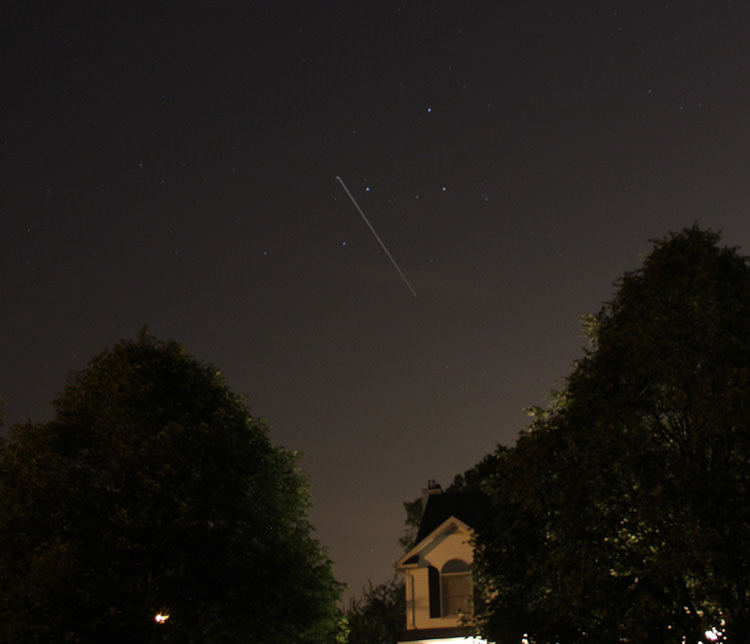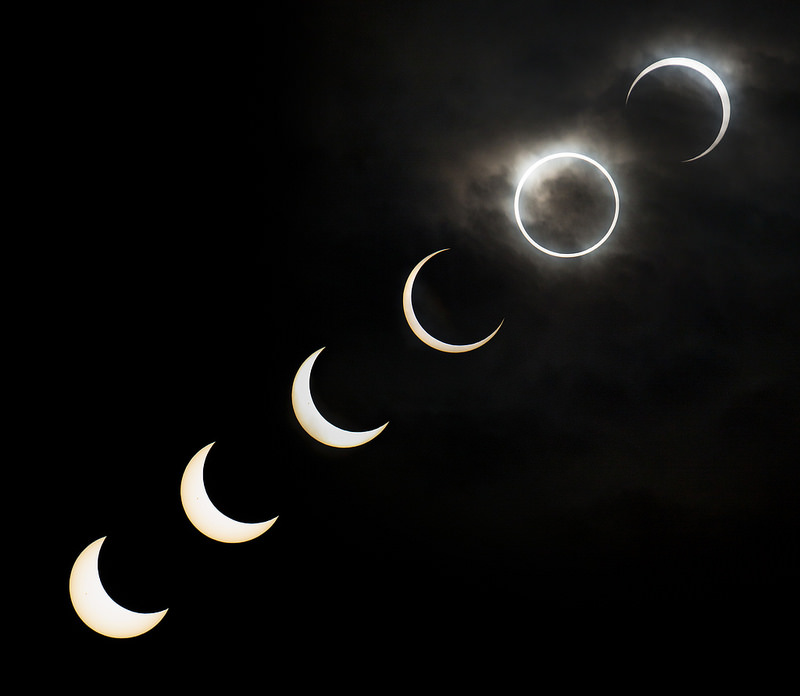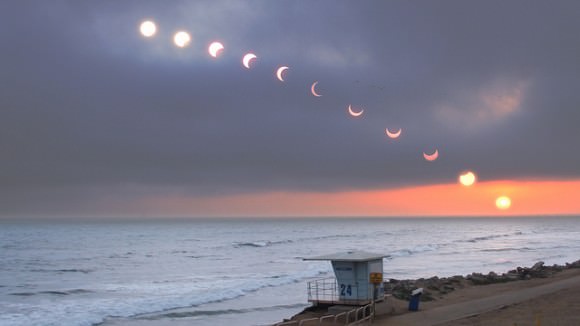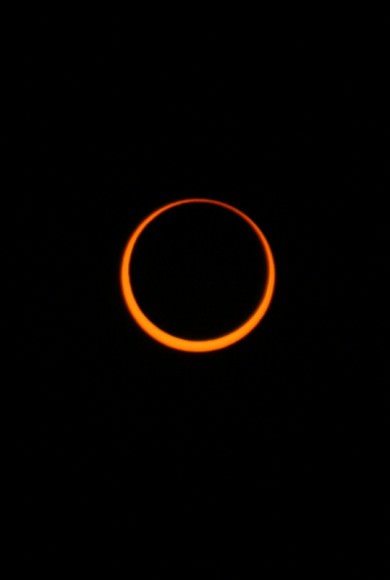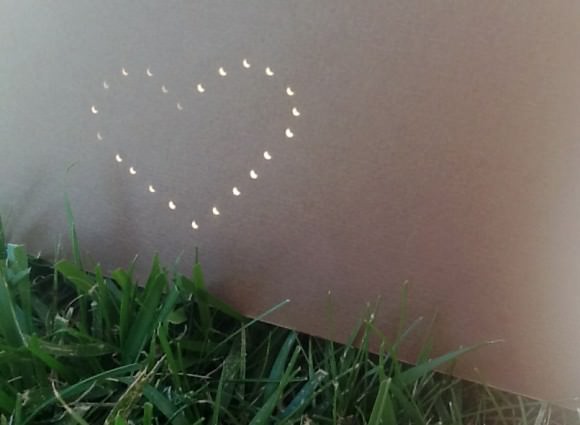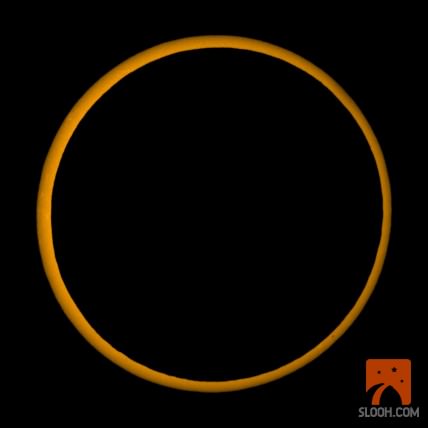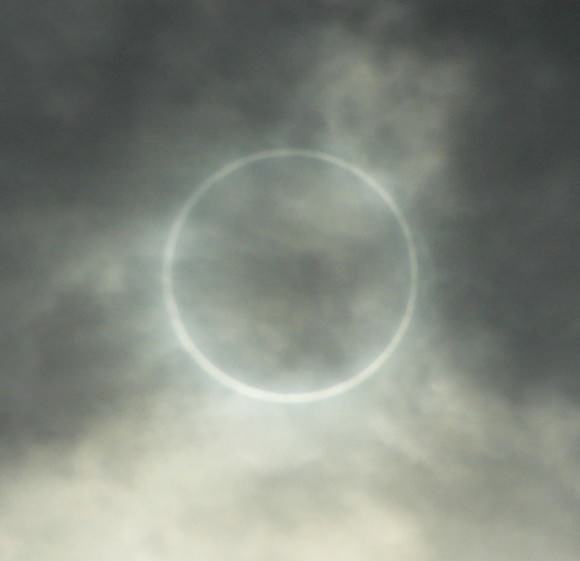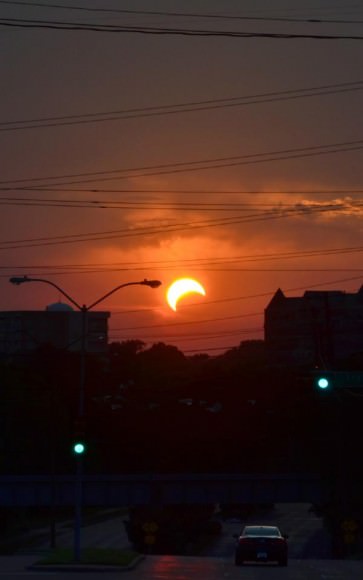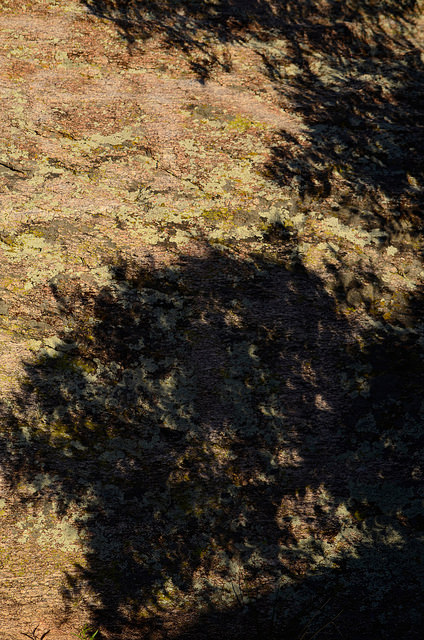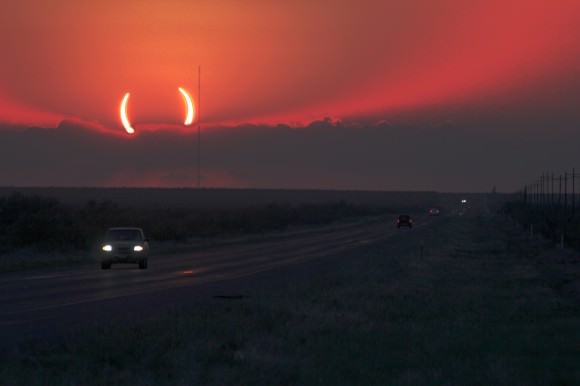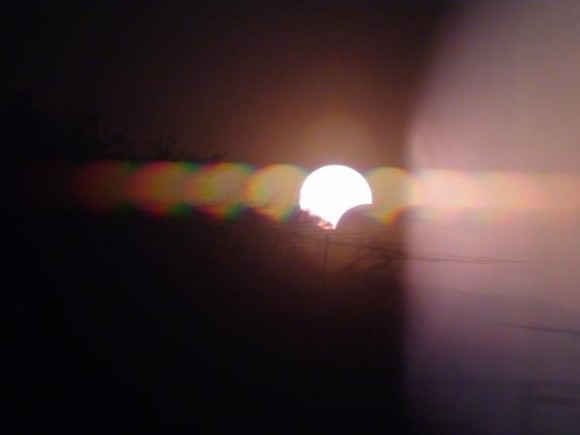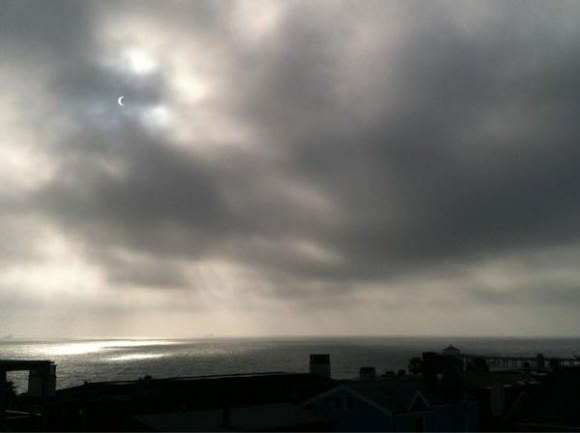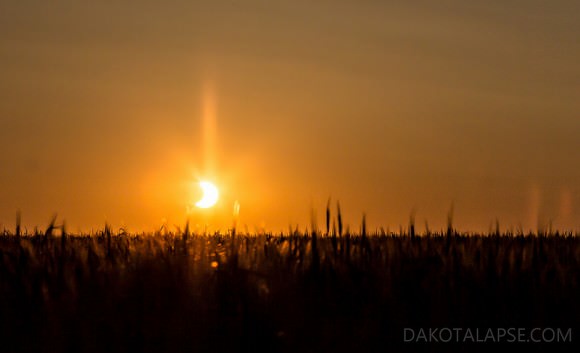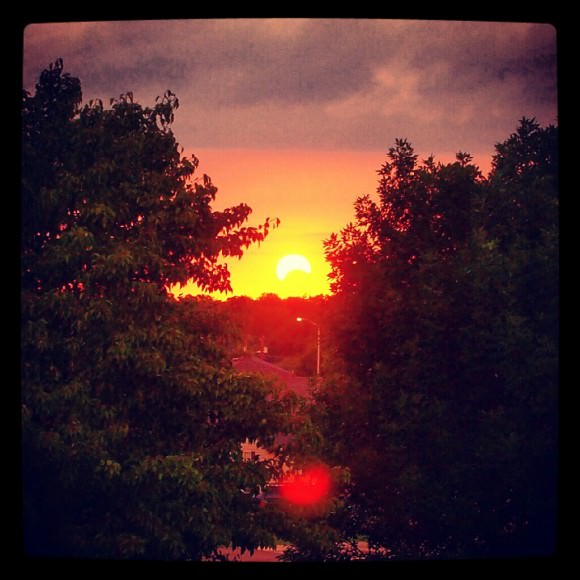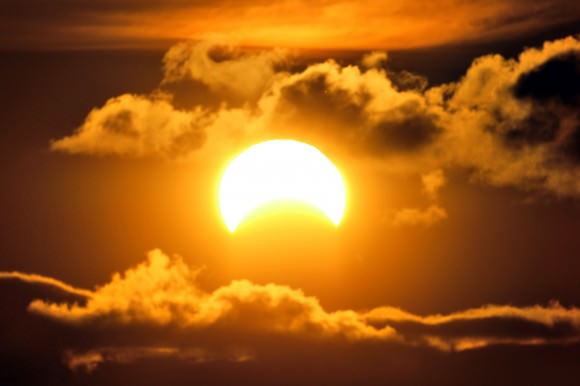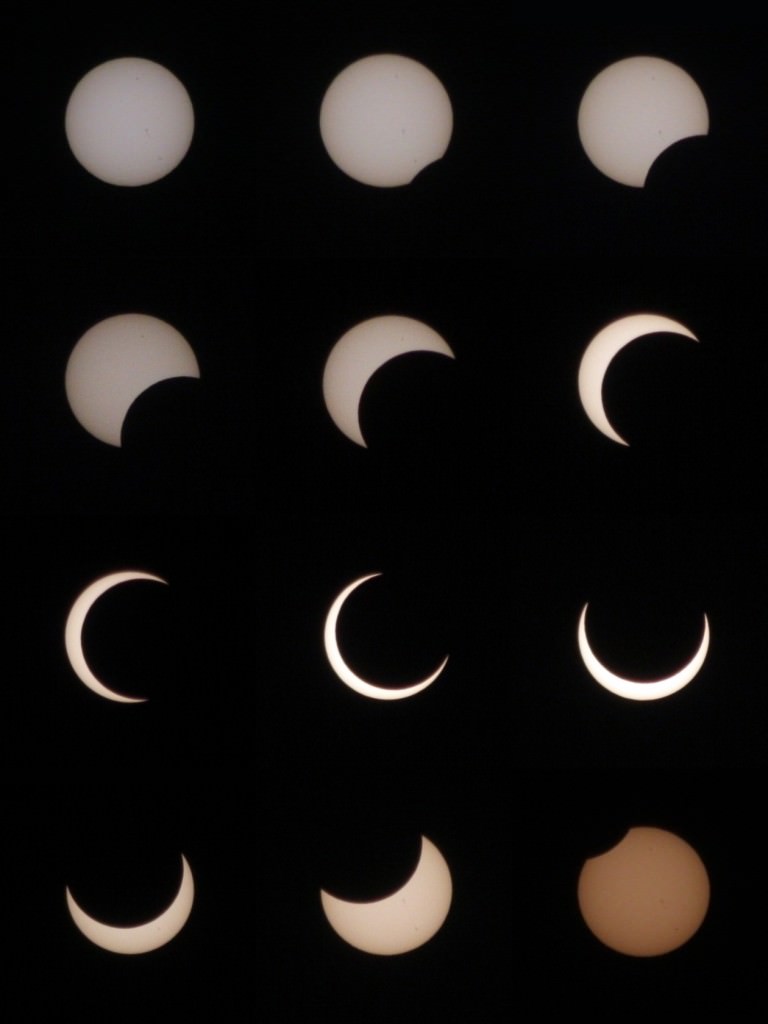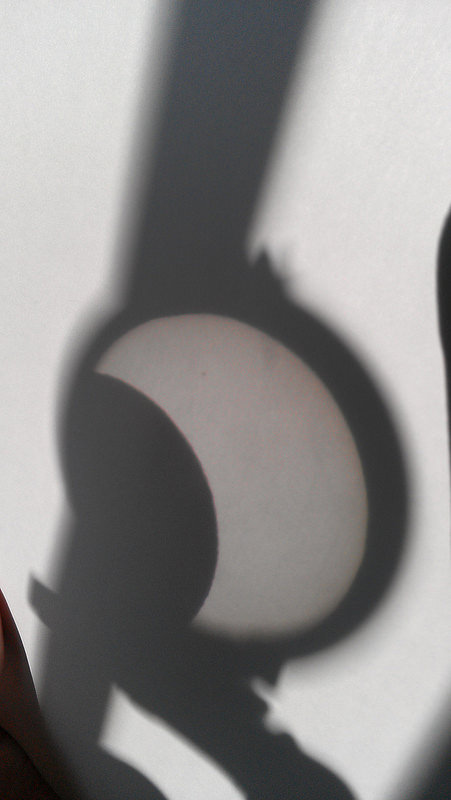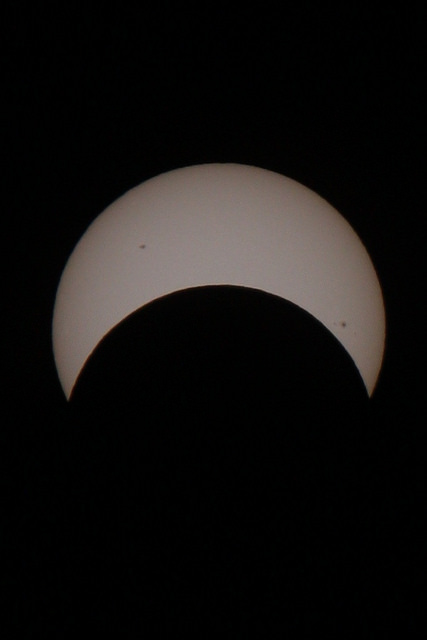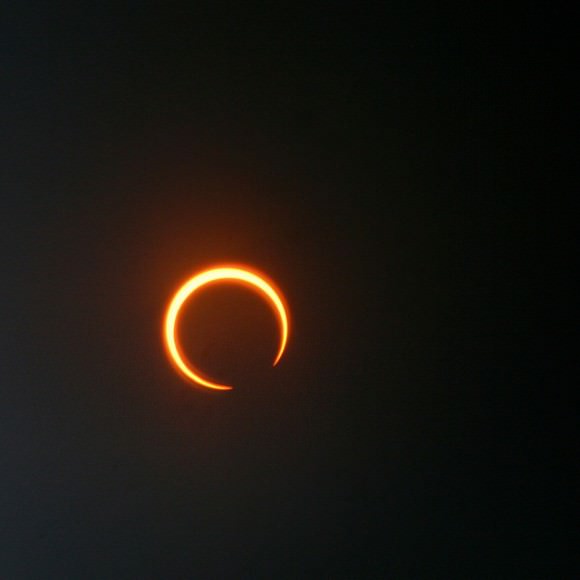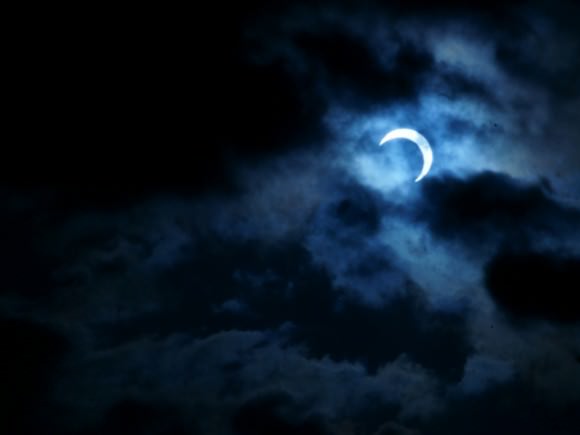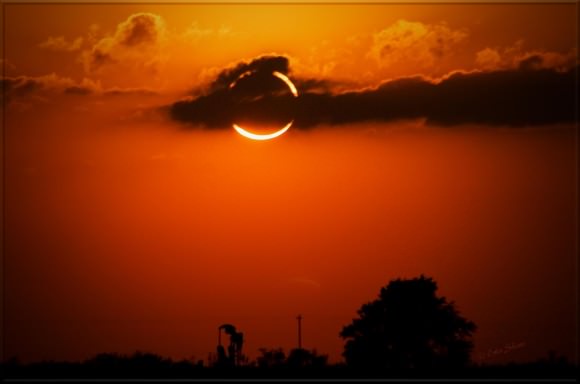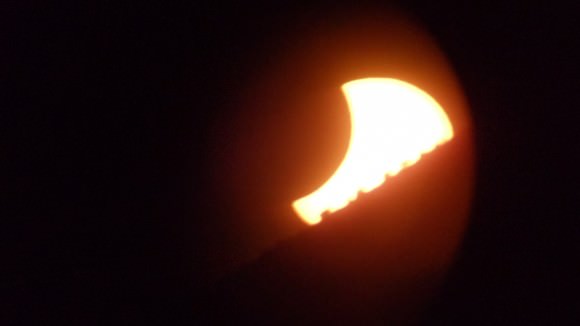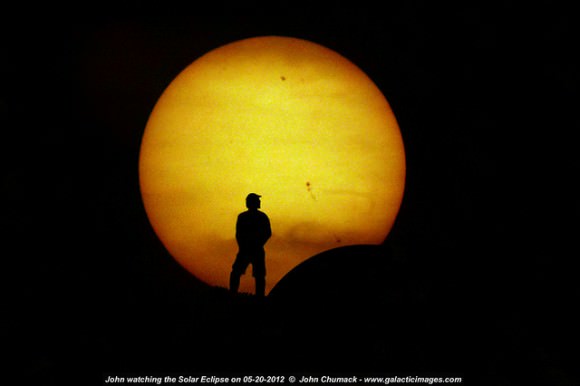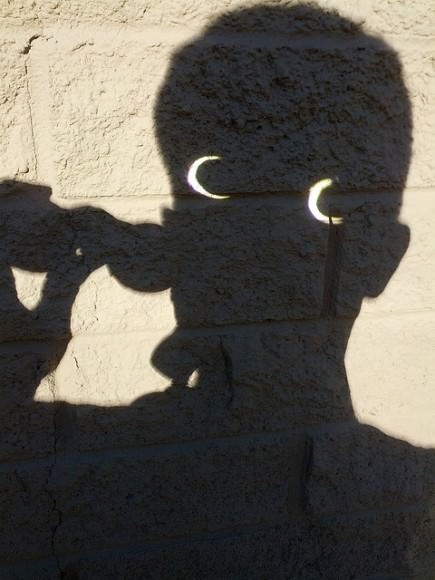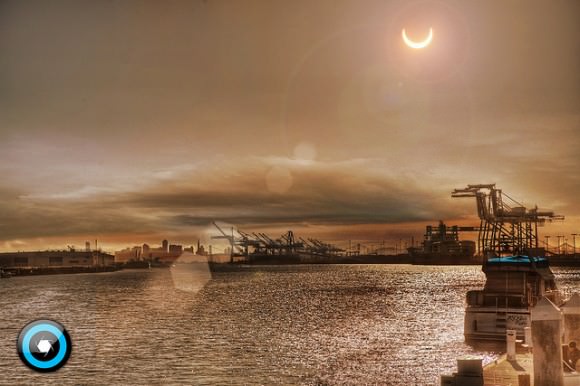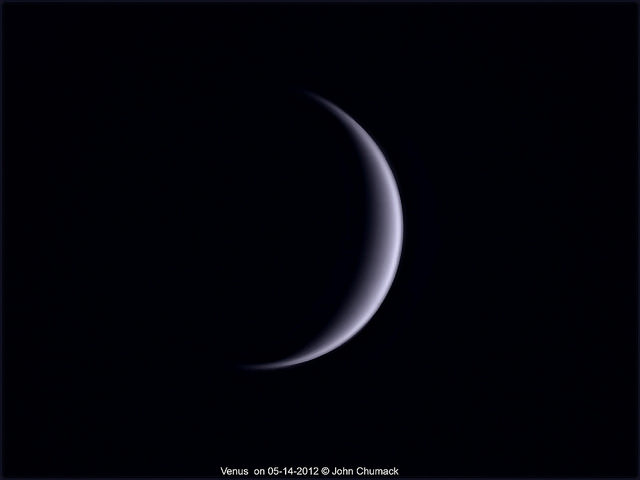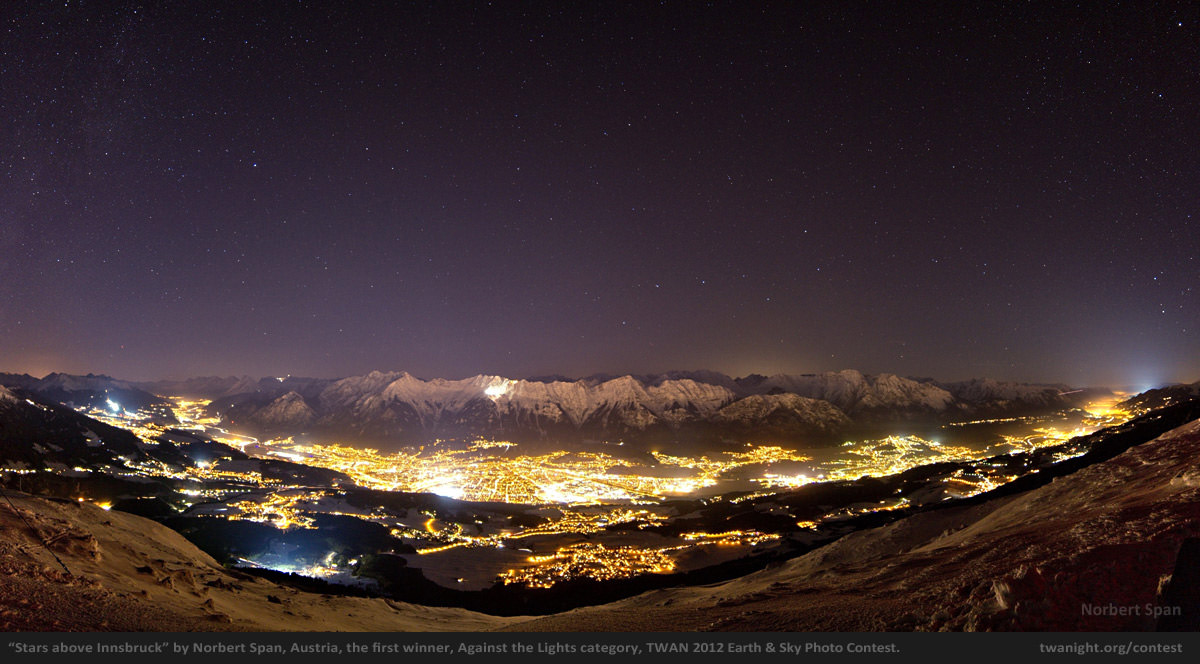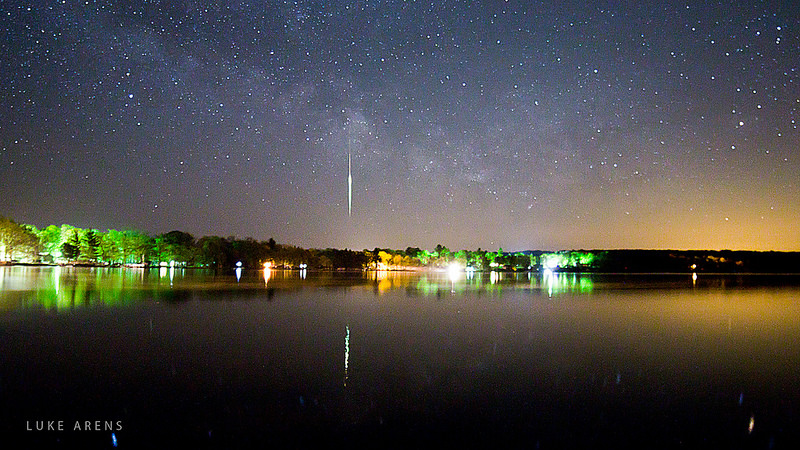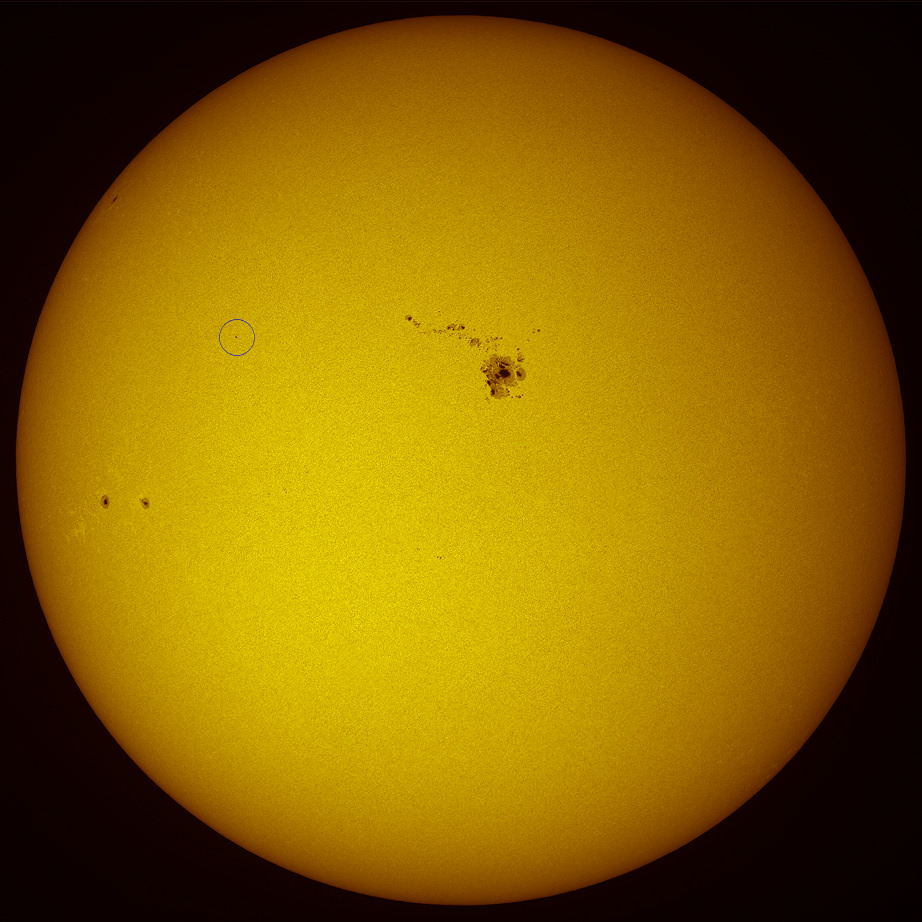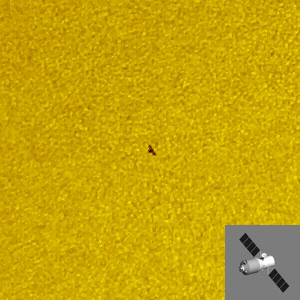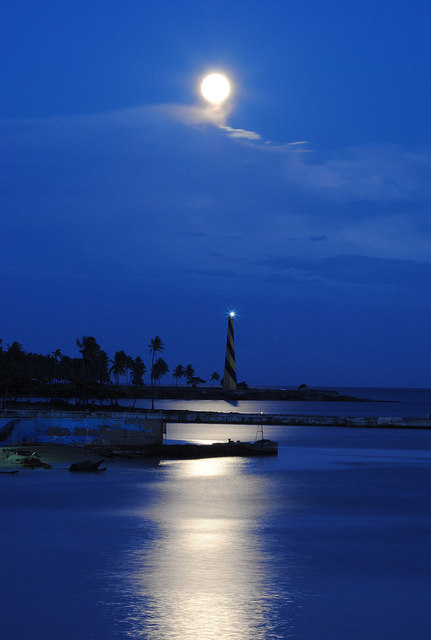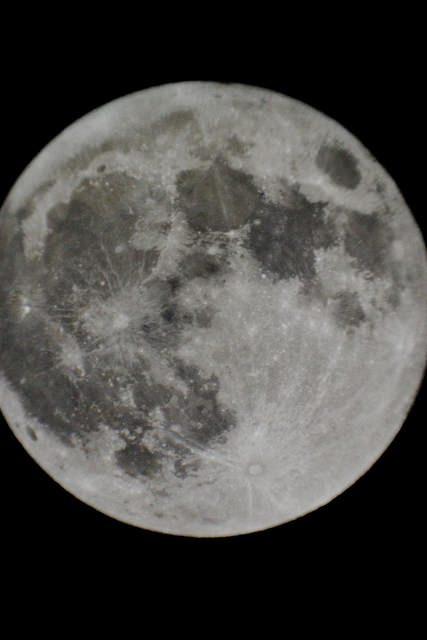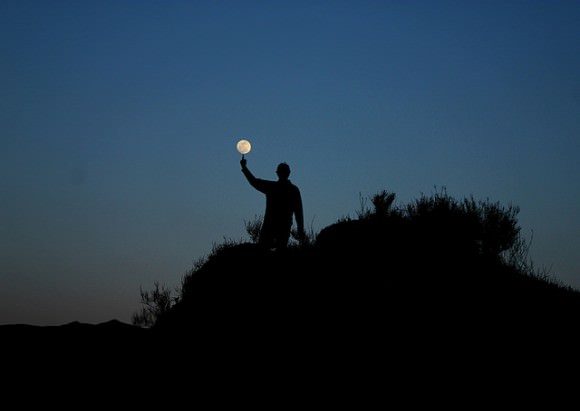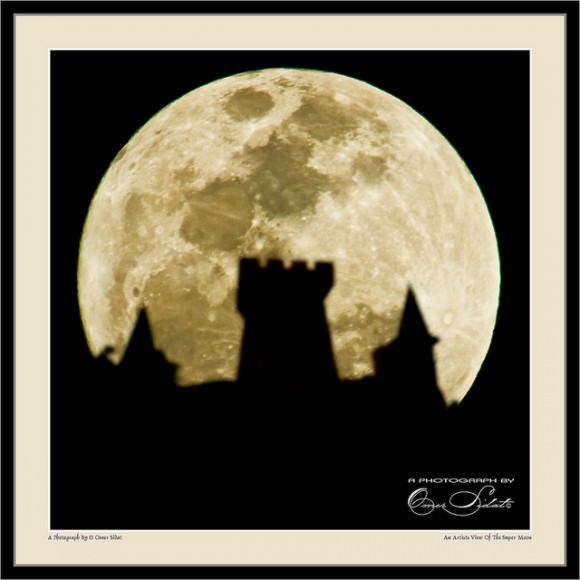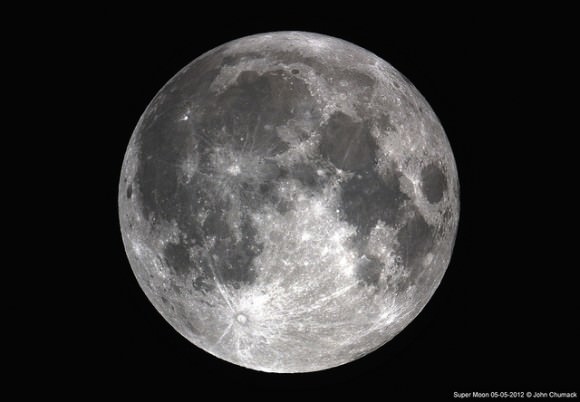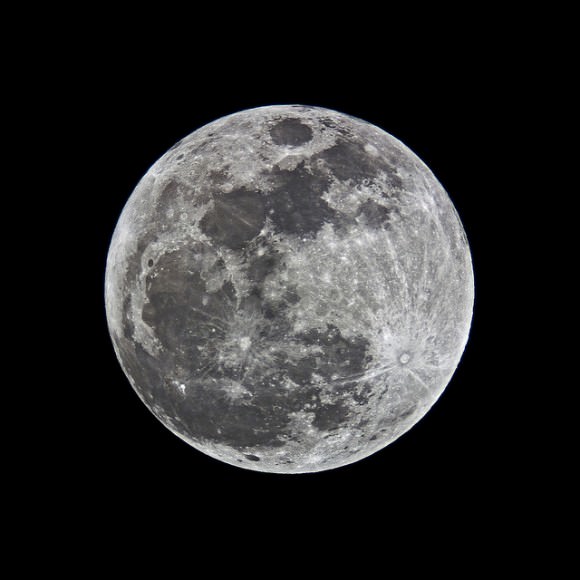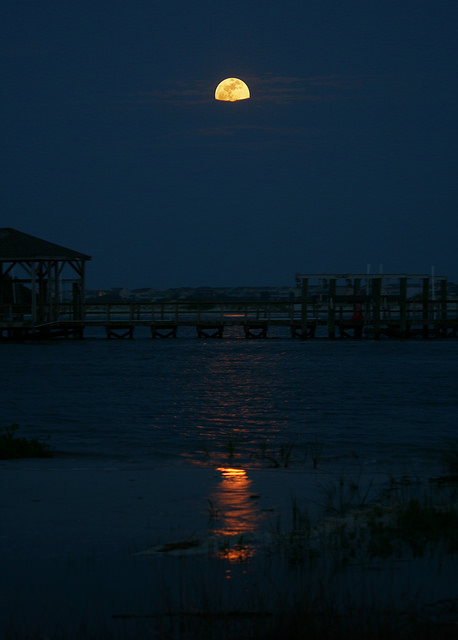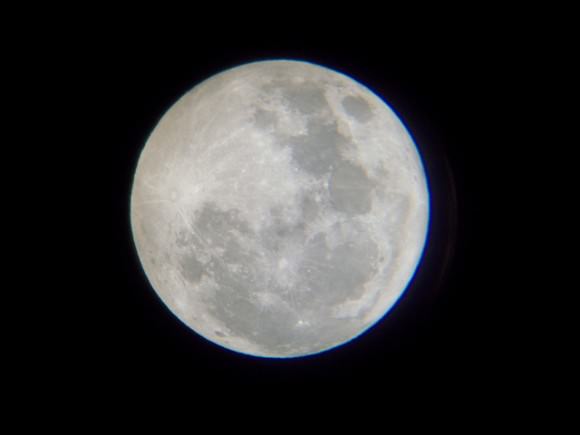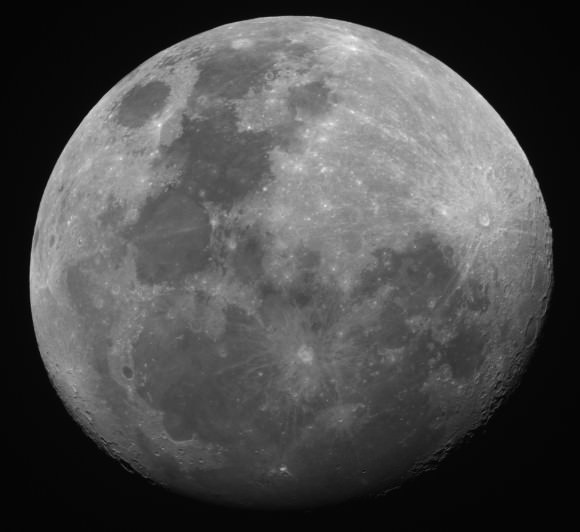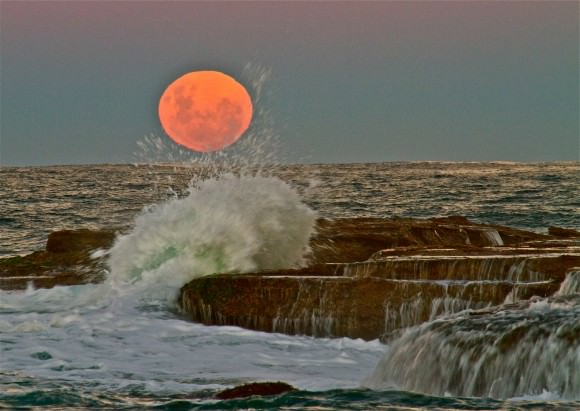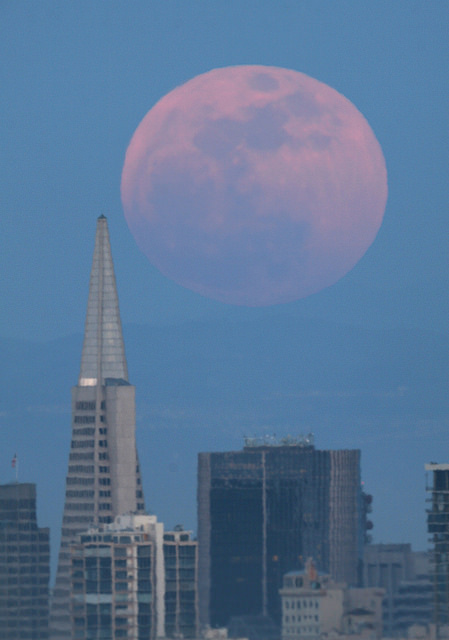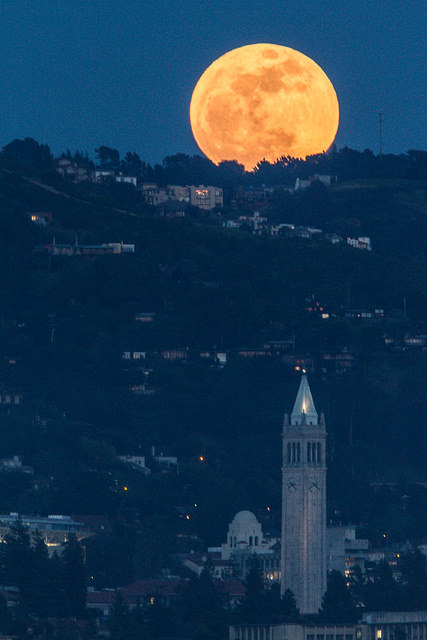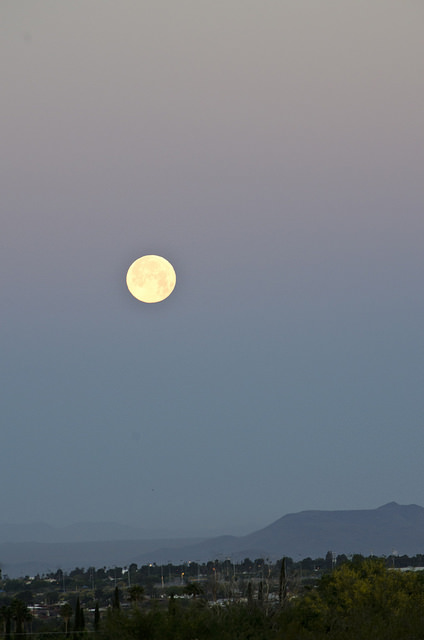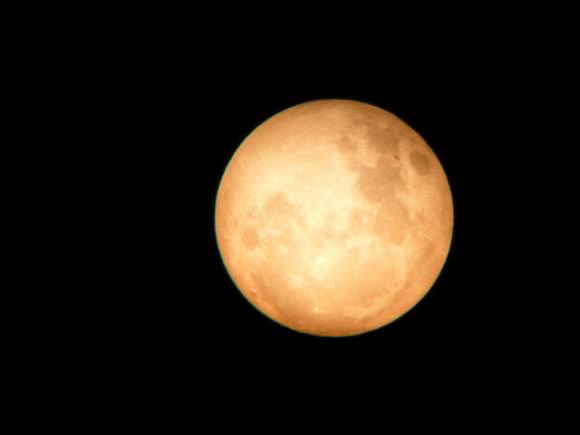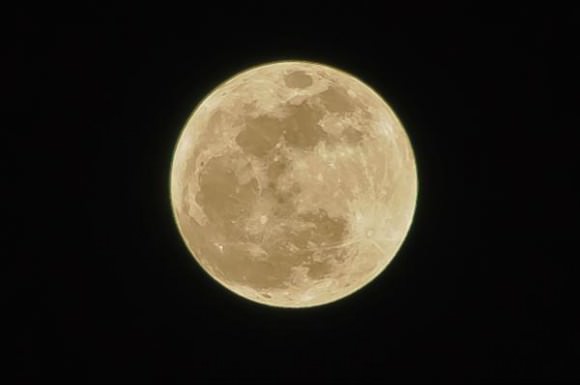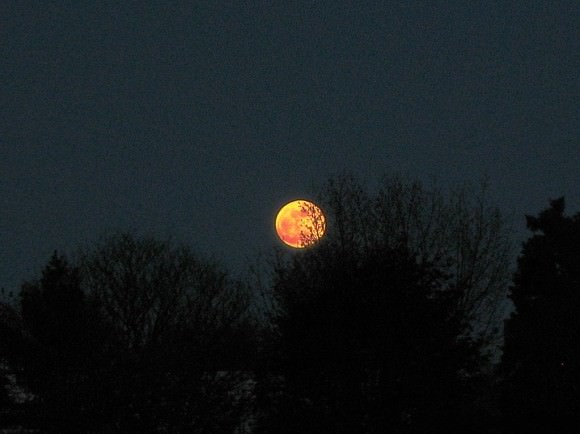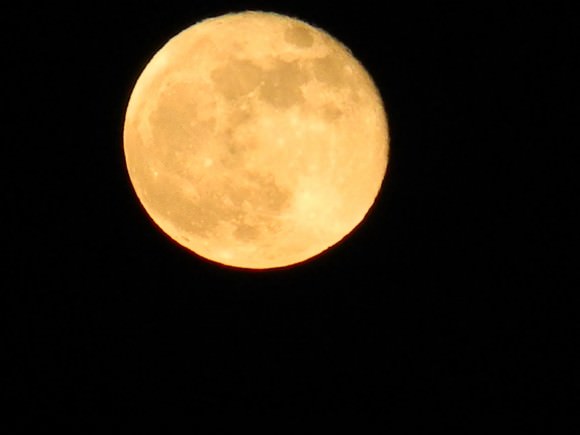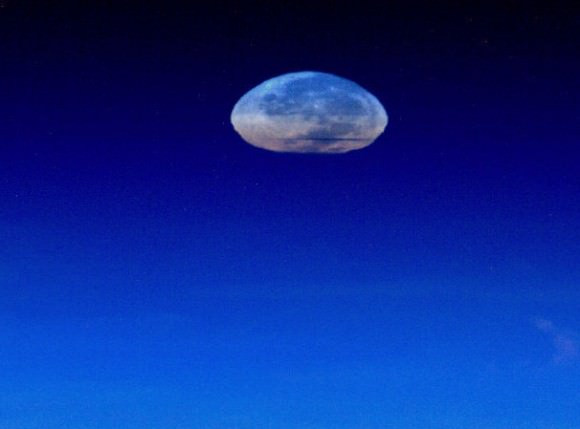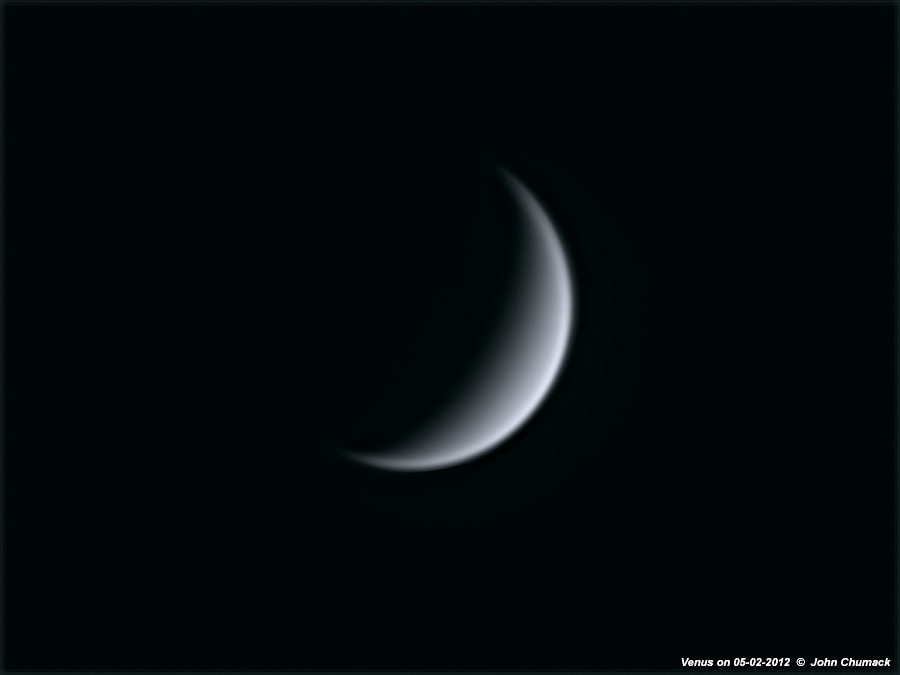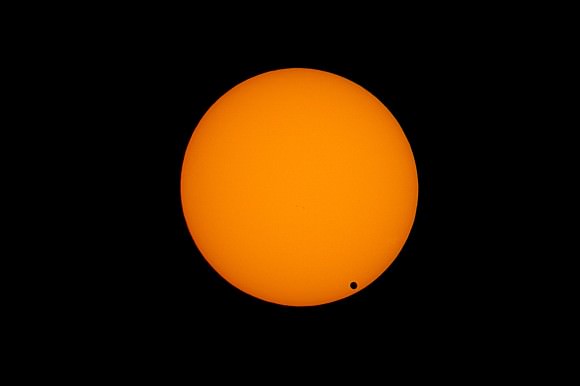[/caption]
This week and this week only you can see the dawn of the new Commercial Space Era with your own eyes – it’s soaring above your head a mere 400 kilometers (250 miles) away. All you have to do is a quick search, hope for clear skies and traipse outside.
Following the historic attachment of the maiden commercial Dragon cargo carrier to the Harmony node on the International Space Station (ISS) on May 25, the massive orbiting laboratory will be shining just a little bit brighter and prouder as it steaks overhead across the sky at 17,500 MPH (32140 KPH).
Dragon and ISS are literally trailblazing the pathway to the new Commercial Space Era for all to see.
So, for a limited time only between right now and the scheduled May 31 undocking of the SpaceX Dragon spacecraft from the ISS there will be occasional viewing opportunities to catch the dynamic duo speeding merrily across the night time sky.
And the station crew of 6 astronauts and cosmonauts living aboard just opened the hatch from the ISS and “Entered the Dragon” earlier today, May 26 – To make it even more special !
Many folks have never seen an ISS flyover and I can’t think of a better time than now to get started. I’ve held several ISS Sighting star parties in different US States and everyone is thrilled and amazed at how bright the ISS shines – In fact it’s the brightest object in the night sky other than the Sun and the Moon.
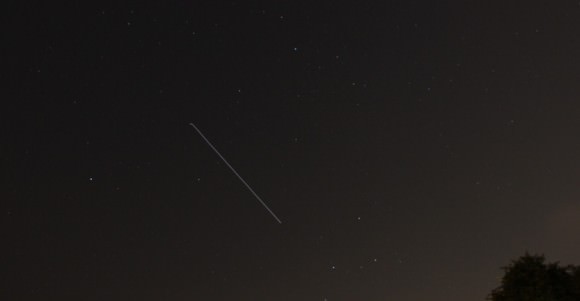
To determine if there are any favorable sighting opportunities in your area, check out the NASA website on Human Spaceflight Sighting Opportunities – here – for a detailed listing of the precise times, elevations, direction and durations. It’s an easy to use viewing guide. Just plug in the particulars of the country in which you live
Another great source is Heaven’s Above – here
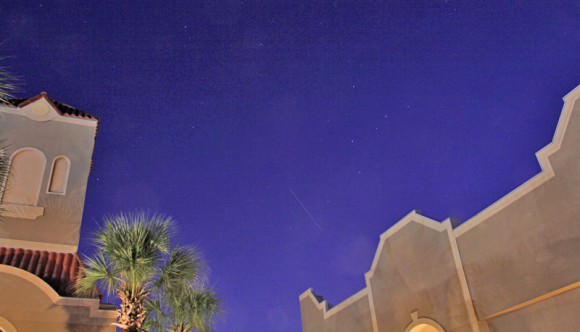
Last night I shot some time lapse astrophotos (above) when the gloomy New Jersey clouds finally cleared using a digital SLR and exposure times of 20 to 30 seconds.
Read my eyewitness account of the spectacular pre-dawn May 19 launch of the Dragon resupply vehicle atop a Falcon 9 rocket from Cape Canaveral, Florida here and the docking here
Now – Go Spot the Dragon and the Station !
and send Ken your blazing Astrophotos to post at Universe Today
Happy Viewing and Clear Skies

